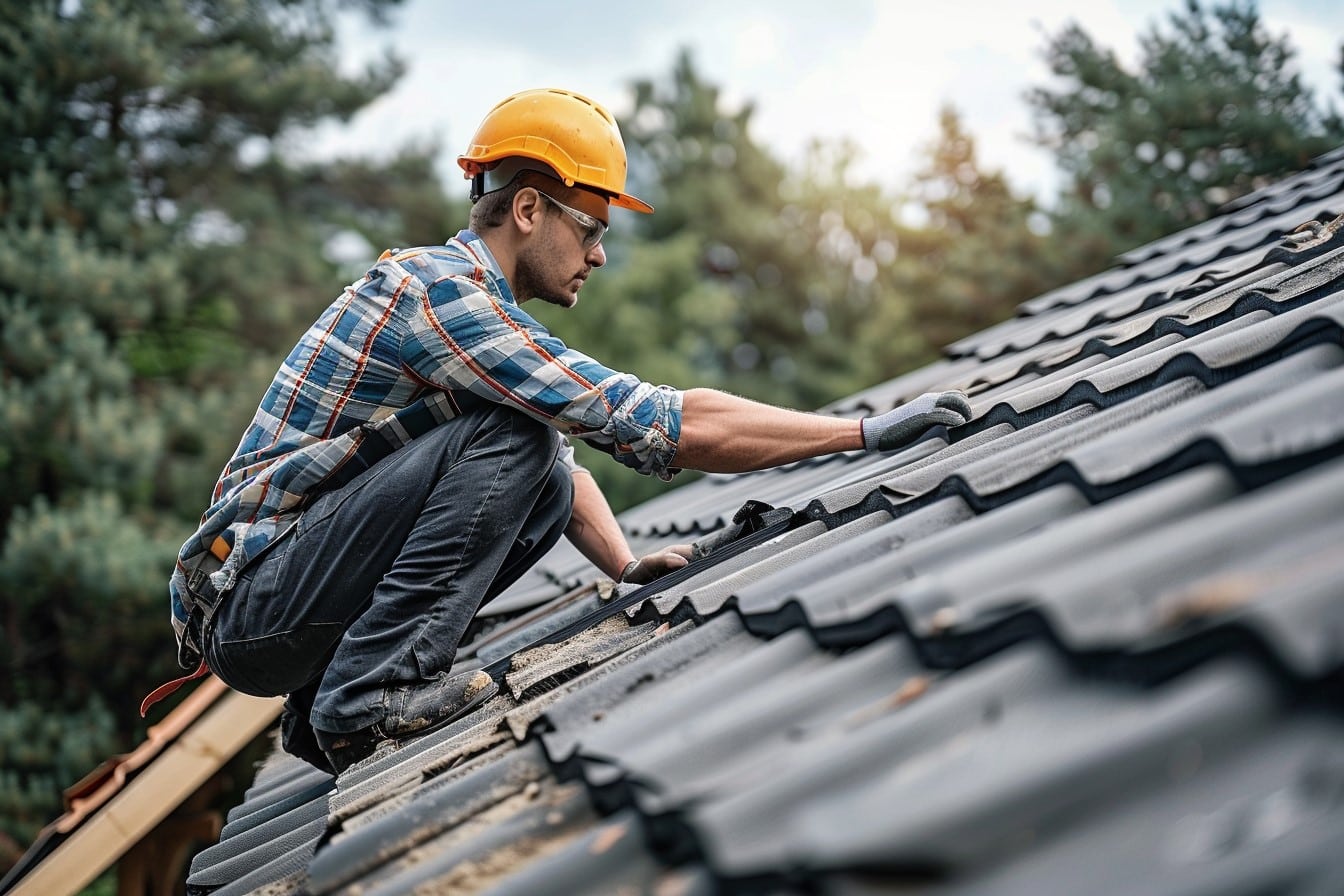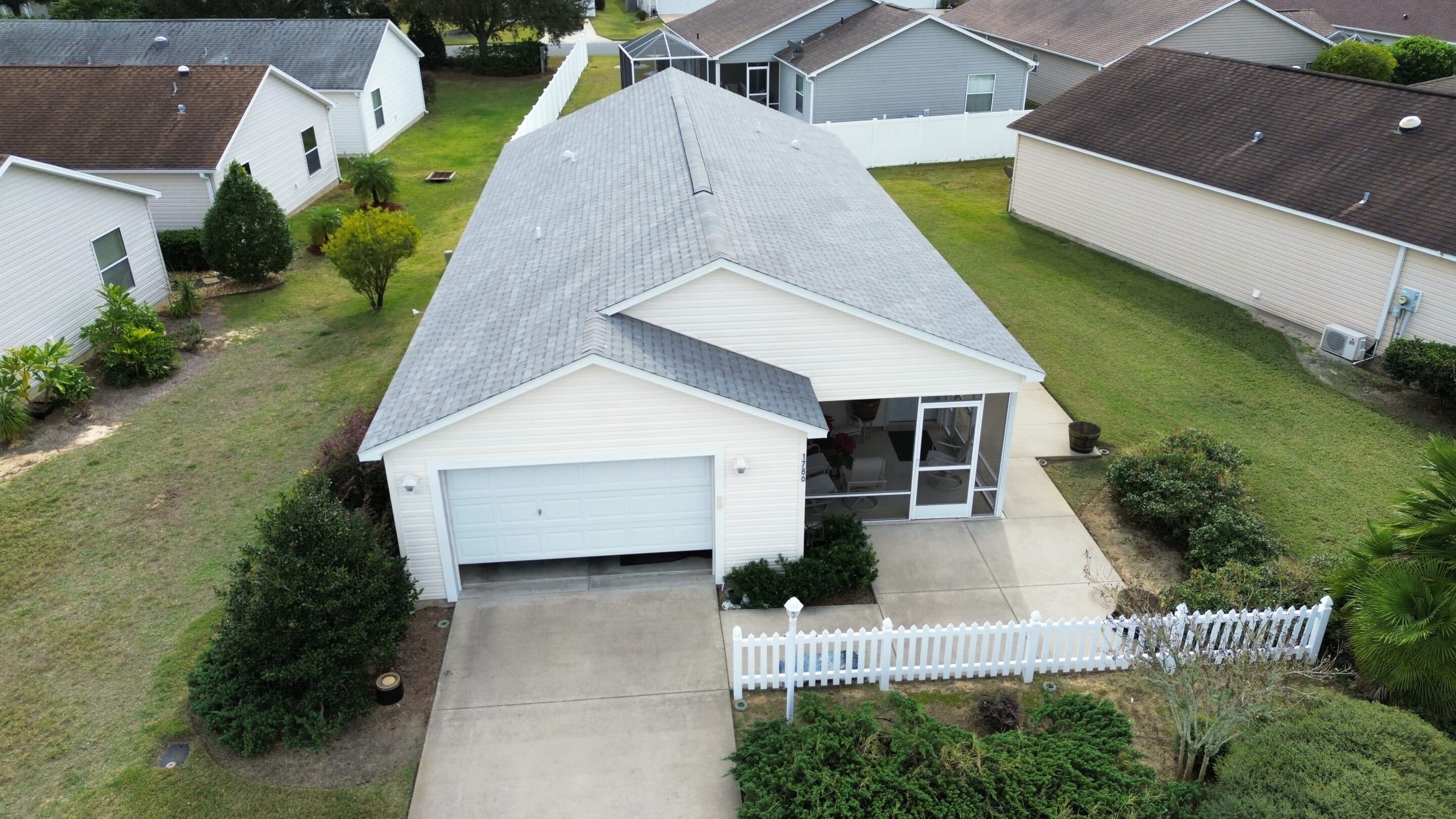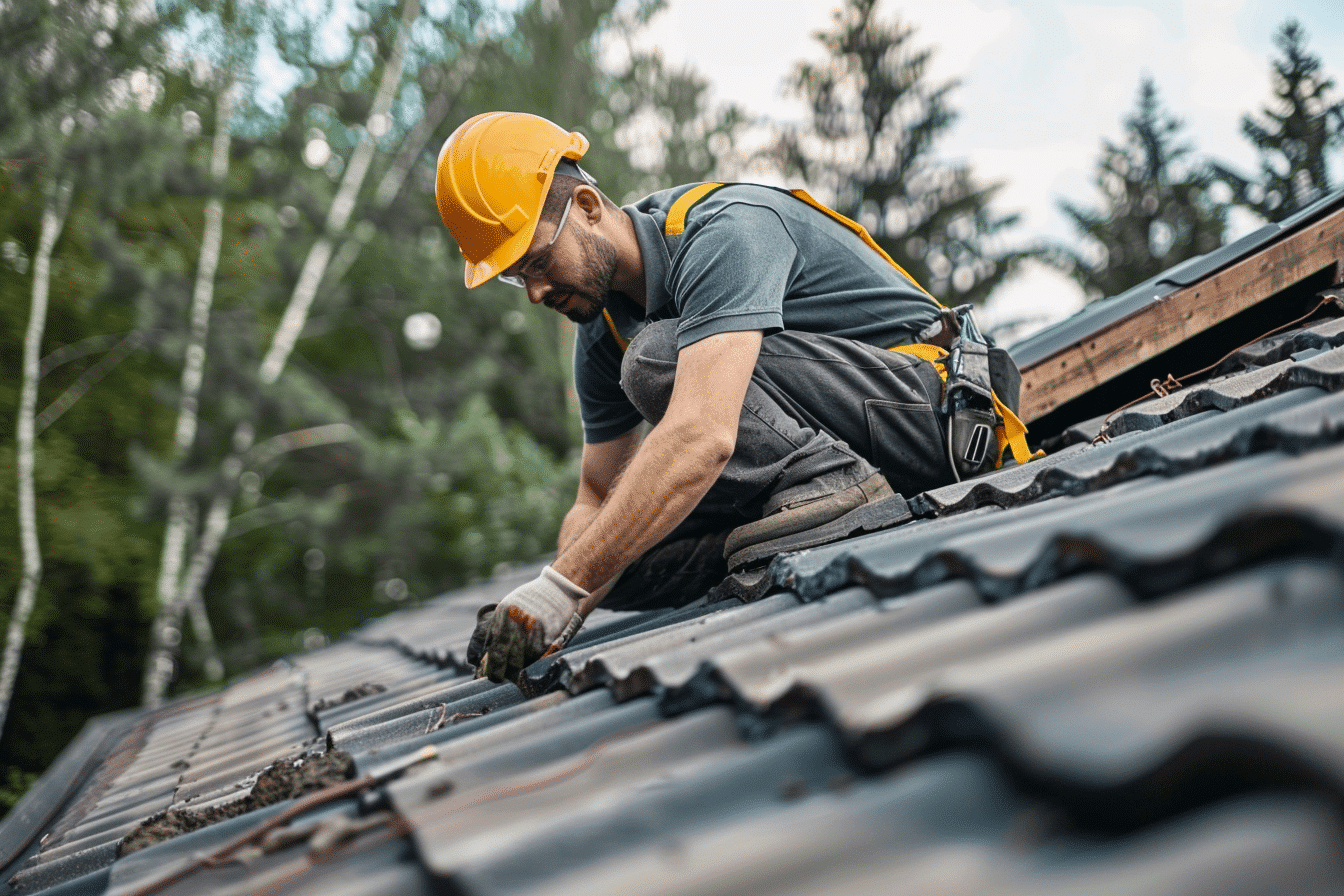Maintaining the integrity of your home’s roof is crucial for protecting your property and ensuring the safety of those inside. Knowing when your roof needs replacing can save you from costly repairs and potential damage. In this comprehensive guide, we will explore the signs that indicate your roof needs replacing, the benefits of timely roof replacement, and the process involved. By the end of this blog, you will have a clear understanding of how to assess your roof’s condition and take the necessary steps to keep your home safe and secure.
Signs Your Roof Needs Replacing
1. Age of the Roof
One of the most significant indicators that your roof needs replacing is its age. Most roofs have a lifespan of 20-25 years, depending on the material used. If your roof is approaching or has surpassed this age range, it’s time to consider a replacement.
2. Visible Damage
Shingles
- Cracked Shingles: Cracks can lead to leaks and further damage.
- Missing Shingles: Gaps can expose your roof to the elements, causing water damage.
- Curling Shingles: Curling indicates wear and tear and reduces the roof’s ability to protect your home.
Roof Valleys
Roof valleys are crucial for directing water flow off the roof. If shingles in these areas are missing or damaged, your roof needs replacing.
3. Granules in Gutters
Finding granules from your shingles in the gutters is a sign that your roof is deteriorating. As shingles age, they lose granules, which can compromise their effectiveness.
4. Leaks and Water Damage
Water stains on ceilings or walls, or damp spots in the attic, indicate that your roof may have leaks. Persistent leaks often require a full roof replacement to address underlying issues.
5. Sagging Roof
A sagging roof is a severe problem that often indicates structural damage. This can be caused by prolonged water damage, improper installation, or excessive weight from snow and ice. Immediate action is needed if you notice sagging.
6. Increased Energy Bills
If you’ve noticed a sudden increase in your heating or cooling bills, it could be due to your roof losing its insulation efficiency. A roof that needs replacing may have gaps or leaks that let out heat or cool air.

Benefits of Replacing Your Roof
1. Enhanced Safety
A new roof ensures the structural integrity of your home, protecting it from potential hazards such as leaks, mold, and mildew. It also reduces the risk of roof collapse, especially during extreme weather conditions.
2. Improved Energy Efficiency
Modern roofing materials offer better insulation, which can significantly reduce your energy bills. A new roof will keep your home warmer in the winter and cooler in the summer.
3. Increased Home Value
A well-maintained roof enhances your home’s curb appeal and market value. Potential buyers are more likely to be interested in a property with a new, reliable roof.
4. Long-Term Cost Savings
While a roof replacement is a significant investment, it can save you money in the long run by avoiding frequent repairs and extensive damage to your home’s interior.

Roof Replacement Process
1. Initial Assessment
The first step in the roof replacement process is a thorough assessment by a professional roofing contractor. They will inspect your roof to determine the extent of the damage and provide a detailed estimate.
2. Material Selection
Choose the right roofing material based on your needs, budget, and aesthetic preferences. Common options include asphalt shingles, metal roofing, and flat roofing solutions.
3. Removing the Old Roof
The old roofing material will be removed to make way for the new installation. This process includes disposing of the old materials safely and preparing the roof deck for the new roof.
4. Installation of the New Roof
The new roofing material is installed with precision and care, ensuring proper alignment and securing all components. This step is crucial for the longevity and performance of your new roof.
5. Final Inspection
After installation, a final inspection is conducted to ensure everything is in place and meets quality standards. Any minor adjustments are made to guarantee your roof is ready to protect your home.

FAQs About Roof Replacement
Q1: How often should a roof be replaced?
A1: Most roofs need replacing every 20-25 years, but this can vary based on the material and environmental conditions.
Q2: What is the best time of year to replace a roof?
A2: The best time to replace a roof is during mild weather conditions, typically in the spring or fall. This allows for optimal installation without the extremes of hot or cold temperatures.
Q3: How long does it take to replace a roof?
A3: The duration of a roof replacement depends on the size of the roof and the complexity of the project. Generally, it can take anywhere from a few days to a week.
Q4: Can I install a new roof over my old one?
A4: While it is possible to install a new roof over an old one, it is not recommended. This can add unnecessary weight and may not address underlying issues. It’s better to remove the old roof first.
Q5: What type of roofing material is best?
A5: The best roofing material depends on your specific needs, budget, and preferences. Asphalt shingles are popular for their affordability and durability, while metal roofs offer longevity and energy efficiency.
Conclusion
Knowing when your roof needs replacing is essential for maintaining the safety, efficiency, and value of your home. By understanding the signs of roof damage and the benefits of timely replacement, you can make informed decisions about your roofing needs. Savage Roofing, with its expertise and commitment to quality, is here to help you through every step of the process, ensuring you get a roof that stands the test of time. Contact us today for a thorough assessment and a free quote.
Contact Savage Roofing:
- Phone: (352) 933-0377
- Email: info@savageroofing.com
- Website: Savage Roofing
Join our community of satisfied customers and experience the difference of working with a trusted roofing partner. Remember, a well-maintained roof is not just a necessity; it’s an investment in your home’s future.

0 Comments